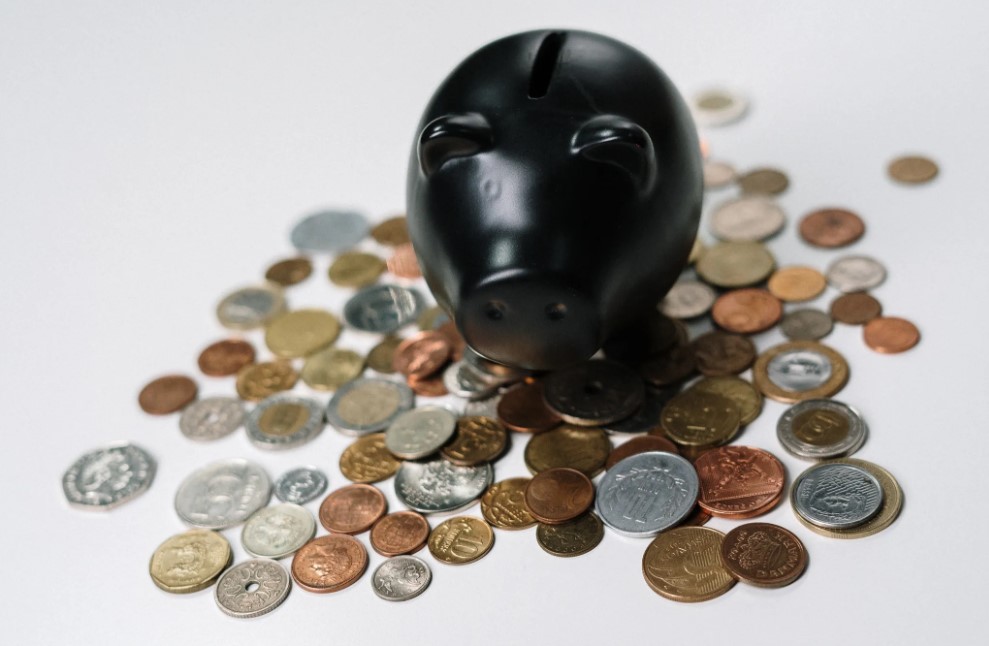A TREASURE HUNT FOR THE SECRET
Winged cats are a popular motif across literature and art, from renaissance art to the children’s book series Catwings. Their reoccurring appearance leaves us to wonder: could winged cats actually exist? The answer might not be the resounding”no” you think it is…
Ripley’s Believe It or Not! Is no stranger to the world of animal anomalies. With everything from bunny hairballs into unicorn goats and deer and two-headed cows, we have real taxidermy specimens of many animal oddities. Beyond these, we have many examples of so-called gaff-taxidermy–taxidermy specimens that are fake but frequently presented as actual (think the jackalope). These cats, however, make no appearance in our collection.
Barring early history, where cats across millennia are depicted with wings in mythology, the contemporary sightings of cats with”wings” can be traced back at least 100 years. One of the earliest mentions of a cat is from Henry David Thoreau, who described a winged cat at a farmhouse in 1842. According to Thoreau, the cat had hairy appendages sprouting from its body, but the author in his private collection for a moment fell off in the spring and retained them. Thoreau had no reason to think the cat was capable of flight, however. Calling these appendages “wings” was just poetic. They were really just clumps of matted fur.
Over a century later, news of winged cats circulates the information cycle from time to time.

In 2008, newspapers reported a winged calico in China, and in 2012, the movie of a winged cat above appeared, with people in the movie touching and showing off its”wings.” There have been countless sightings of felines, reported by the general public and veterinarians. There are videos and photos of them, with pairs of tiny sheets of fluff coming from their backs.
This has led some to speculate whether Thoreau’s observations were a coincidence. Some people have posted comments suggesting crossbreeding or divine intervention to describe these animals, but no bat or bird could make hybrids. As experts have a few guesses as to what could cause these growths that are apparent, although, for divine order, no one could say for certain.
Learn More: BIOSPHERE 2 THE SECOND EARTH EXPERIMENT OF THE 1990S
When looking through pictures of winged cats that a large part of them are long-haired, first, you may notice. Some cats struggle to groom themselves, particularly and the hair can become matted. Humans can quickly clip or brush mats of fur, which seem like flapping wings out once the cat runs.
There is A second possibility that a few of the cats may have a condition that makes their skin fragile and overly-elastic. This is known as cutaneous asthenia and is the feline equivalent of Ehlers-Danlos syndrome. Behind her arms, skin can bunch up as a cat crouches and extend to form folds. You could stretch out their fur-covered skin flaps like wings. Barring early history, where cats across millennia are depicted with wings in mythology, the contemporary sightings of cats with”wings” can be traced back at least 100 years. One of the earliest mentions of a cat is from Henry David Thoreau, who described a winged cat at a farmhouse in 1842.
According to Thoreau, the cat had hairy appendages sprouting from its body, but the author in his private collection for a moment fell off in the spring and retained them. Thoreau had no reason to think the cat was capable of flight, however. Calling these appendages “wings” was just poetic. They were really just clumps of matted fur.
Over a century later, news of winged cats circulates the information cycle from time to time.
In 2008, newspapers reported a winged calico in China, and in 2012, the movie of a winged cat above appeared, with people in the movie touching and showing off its”wings.” There have been countless sightings of felines, reported by the general public and veterinarians. There are videos and photos of them, with pairs of tiny sheets of fluff coming from their backs.
The explanation is that the cat could have been born as a mutation or a conjoined twin. They might look like wings if there was a kitten born with arms in the right spot.
All of these conditions can damage or be uncomfortable for the cat. It is lucky that these beasts are so rare.
Facts Check: True










